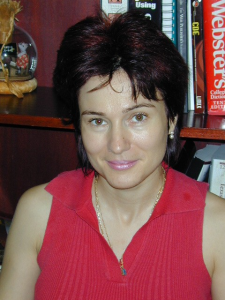Engineering, finance, science, and many areas of mathematics itself make use of quantities that are too complicated, too difficult, and even too abstract to work with directly. A major goal of approximation theory is to discover and analyze simple, easy to work with, concrete quantities that can do a good, efficient job in their place - for example, splines to fit messy curves, wavelets to analyze noisy signals and to compress large images, and radial basis functions to fit scattered data and serve as the ``approximation engine'' of neural networks.
Areas of faculty interest include approximations by orthogonal polynomials, radial basis functions, and wavelets; futher topics of interest include scattered data surface fitting, rates of approximation, constrained approximation, polynomial inequalities, orthogonal polynomials, wavelets, splines, non-linear approximation. There is significant overlapping interests with the groups in partial differential equations and numerical analysis.
Areas of faculty interest include approximations by orthogonal polynomials, radial basis functions, and wavelets; futher topics of interest include scattered data surface fitting, rates of approximation, constrained approximation, polynomial inequalities, orthogonal polynomials, wavelets, splines, non-linear approximation. There is significant overlapping interests with the groups in partial differential equations and numerical analysis.
Regular Members

Ronald DeVore
- Walter E. Koss Professor and Distinguished Professor
- Office: Blocker 608F
- Email: ronalddevore@tamu.edu








